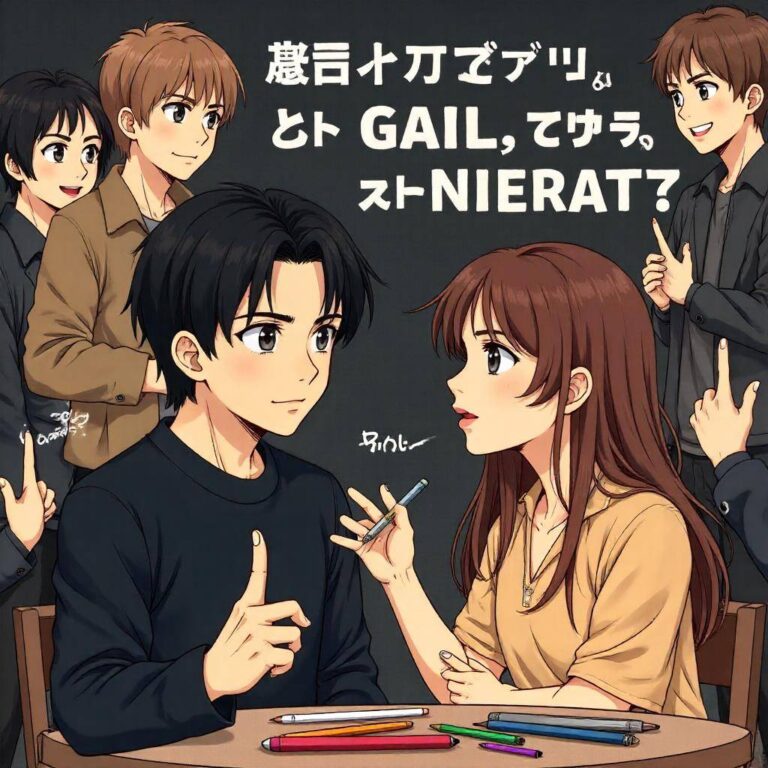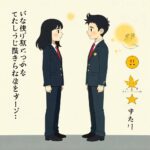Question from a reader:
I have recently become interested in creating illustrations using generative AI, but I have a few questions. Am I allowed to use the generated illustrations to create acrylic goods or badges? Here are the specific points I am concerned about. What happens to copyright if the output resembles the style of a specific illustrator? Is it acceptable
to create items like “ita-bags” or altars for personal use, rather than commercial use? Also, what happens if I take them outside (I am not considering transferring them)? Furthermore, if I outsource similar illustrations to create goods, how should I think about copyright? I would appreciate any information regarding legal matters.
Considering Commercial Use and Copyright of Illustrations Created with Generative AI
Recently, more people have started using generative AI to create illustrations. As someone who loves comedy, I find it incredibly enjoyable to discover captivating art. Especially, creating unique acrylic goods and badges is a wonderful way to express creativity. However, I am concerned about how the generated illustrations might affect copyright. Let’s take a closer look at this topic.
Understanding the Basics of Copyright
First, let’s review copyright. Copyright is the right related to creative works, allowing the author to control how their work can be used. For example, paintings, music, and literary works are all subject to copyright. Illustrations created with generative AI also raise very interesting questions from a copyright perspective.
The Relationship Between Generative AI and Copyright
Now, when considering the copyright of illustrations created using generative AI, the first thing to think about is, “Who holds the rights to the work?” AI is merely a tool, and generally, it is the human using that tool who holds the rights. However, if the provider of the tool has specific terms of use, the ownership of rights may change based on that content. For example, it might state, “A separate license is required for commercial use of generated illustrations.” I often struggle with this point. Especially when considering commercial use, it is extremely challenging to determine where my creative expression ends and where I might be infringing on someone else’s rights.
About Styles Similar to Specific Illustrators
Next, let’s address the question of copyright when the output resembles the style of a specific illustrator. This can be a very delicate line. Generally, merely being “similar” does not constitute copyright infringement, but if it closely imitates a specific artist’s style, it may be considered copyright infringement. For example, I once generated an illustration using generative AI that mimicked the style of a popular illustrator, and a friend pointed out, “Isn’t this something the original artist would have drawn?” In such cases, if you take similar works outside, especially if that style is widely recognized, caution is necessary.
The Difference Between Personal Use and Commercial Use
Additionally, if you create “ita-bags” or altars as a hobby for personal use rather than commercial use, the risk is somewhat reduced. However, if you take them outside, even without transferring them, there is a possibility that issues may arise simply from others seeing them. This area is somewhat of a gray zone and largely depends on legal interpretation. As a parent, I have also wanted to create goods for my child, but I am still concerned about copyright issues. I often think, “What if a problem arises when used at a school event?” and that anxiety can build up.
Regarding Outsourcing Similar Illustrations
Finally, regarding copyright when outsourcing similar illustrations to create goods, this is a very important point. It is absolutely necessary to have clear copyright agreements with the designer you outsource to. Particularly, whether copyright is transferred or if you hold usage rights should be clearly stated in the contract to avoid future troubles. In my experience, when I contracted with a freelance designer, I clearly stated the intended use of the illustrations and defined the scope of the license, allowing me to proceed with the project confidently.
Conclusion
The use of illustrations created with generative AI is very complex due to copyright issues. It is essential to consider the differences between personal use and commercial use, how works resembling specific styles are treated, and the contracts with outsourcing partners. While enjoying my own expression, it is important to understand the legal risks and act appropriately. As I plan to create original goods for my child in the future, I intend to keep these points firmly in mind. From a legal perspective, I want to explore ways to maximize creativity as well.



